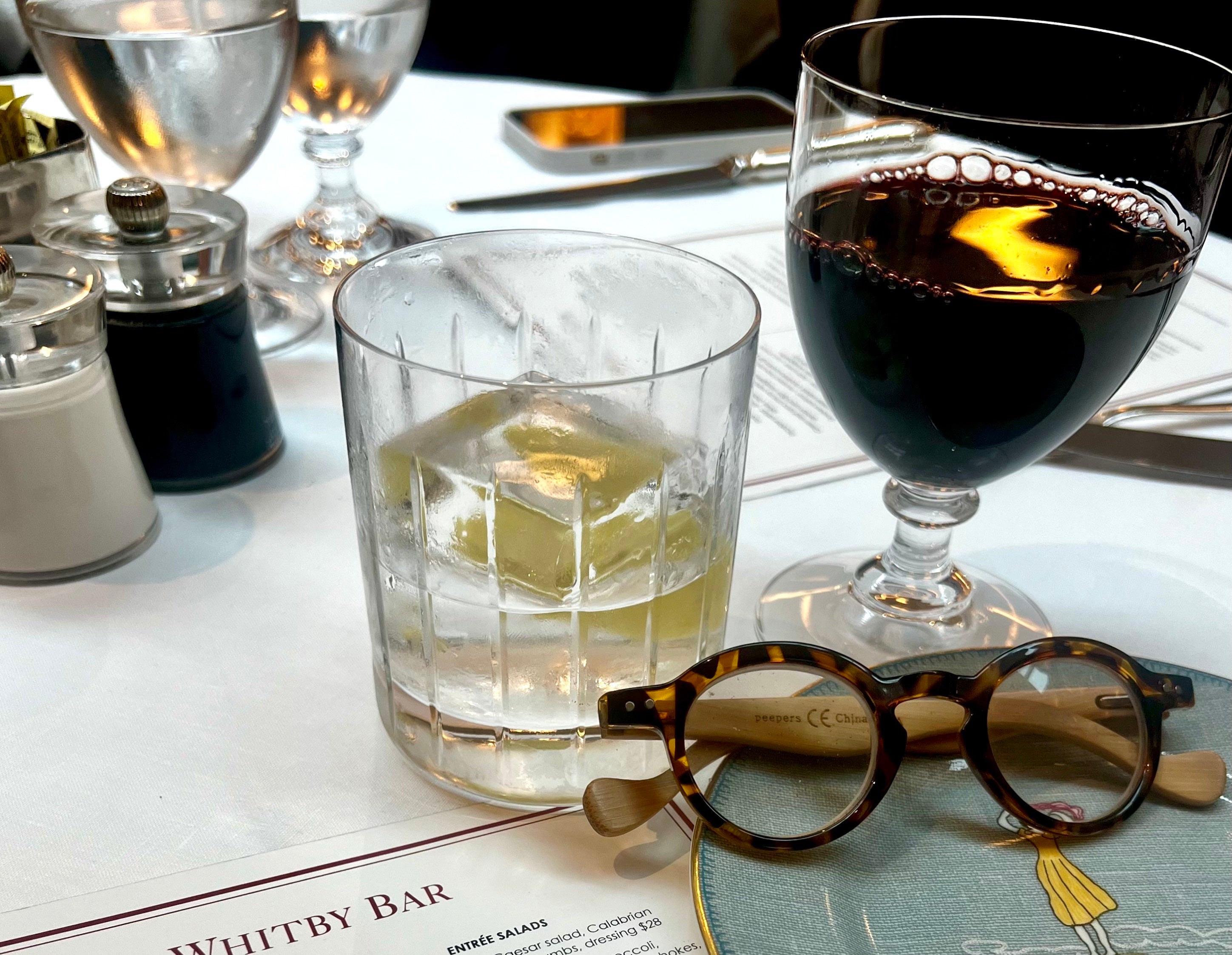Travel
Not Your Usual Pasta Making Class
I’m going to confess something here, (for those that know me it’s not that big of a secret), I absolutely love pasta in all its’ forms. I will eat it hot, cold, with or without sauce – I’m shameless when it comes to this particular carb. But, I never actually attempted to make it at home. I always assumed (we all know what we get when we assume anything) that it was a complicated process even though I’d been assured many times by my chef friends that it was really a very simple one.
So, when I was planning one of my Relationship Recipe events, I tapped an Italian friend, one of my experts who loves to teach people to cook, to give the group a lesson on pasta making. He was delighted with the prospect and the event was a spectacular success. We all learned that if we used his technique making pasta was indeed really simple to do – a little messy but simple. I was inspired.
It naturally followed that I decided to explore pasta making classes during my recent trip to the Emilia Romagna area of Italy. I wanted to see if there was any difference from what Luca had taught us that night and the Nonnas’ (grandmothers’) technique or that of a 1 Star Michelin Chef, all of whom had agreed to teach my girlfriend and I how to make pasta. Until this trip I hadn’t realized that you could take a class with such special teachers – they were both unbelievable experiences and completely different from each other.
My first class in Italy was with the Nonnas at Trattoria da Amerigo (a 1 Michelin Star restaurant) in the tiny town of Savigno. It was a morning class and three women greeted us as we walked in – two sisters and a third who looked a bit younger. One of the sisters “supervised” while the other two women worked with us.
All pasta dough starts with a “ring” of pasta flour on the work surface. In Los Angeles my Italian friend added salt to the flour along with the whole eggs, here the Nonnas added only the eggs – no salt. But, their eggs were very special. They explained (in Italian through our interpreter) that they use only the eggs from chickens that are specially bred for the color and richness of the yolks. The yolks were ORANGE – I wasn’t expecting that. All pasta dough is then kneaded until smooth. These ladies taught us to roll out the dough to the desired thickness. I thought that was hard work until they showed us how to shape tortellini – that took a great deal of coordination. It was more difficult than I thought it would be!
But the lesson was indeed inspiring and I decided to buy some special pasta flour during our visit to Il Mulino del Dottore – a centuries-old stone mill in the area that still operates daily. I figured I would go home and make my own pasta from real Italian pasta flour!
I knew that we had another pasta making lesson planned with Chef Massimo Spigaroli who received his Michelin star in 2011 – the Executive Chef at Antica Corte Pallavicina where we were staying one night. I was looking forward to seeing what he would do differently from both my Italian friend and the Nonnas in Savigno.
Chef Massimo not only added salt to the flour like my Italian friend but also a drizzle of olive oil which neither of the other two did. Now I was really confused as to which way was the correct way. But I learned that everyone has their own style and it just depends on how you were taught and how you like your pasta to taste. Hum, no right way!!
Chef Massimo also used an electric pasta machine to “roll” out his pasta after he had kneaded it. I imagine this is because he’s used to making pasta for the entire restaurant so volume is important. What I also learned is that one batch of pasta dough can serve as many purposes as you want – it just depends on how you cut it, shape it, or if you fill it. The best part, of course, was that we got to eat what we had made for lunch. Delicious! I decided to buy some of the pasta flour that they have there as well.
Now I have two different pasta flours, both purchased on my trip. I’m going to plan a night of pasta making with friends and see if we can tell any difference in texture or taste between the two. I can’t wait.
























